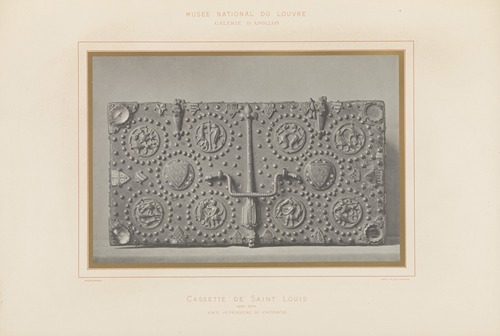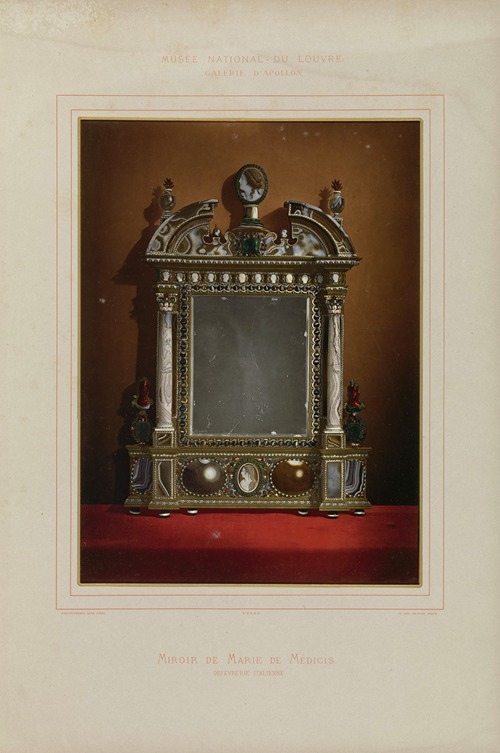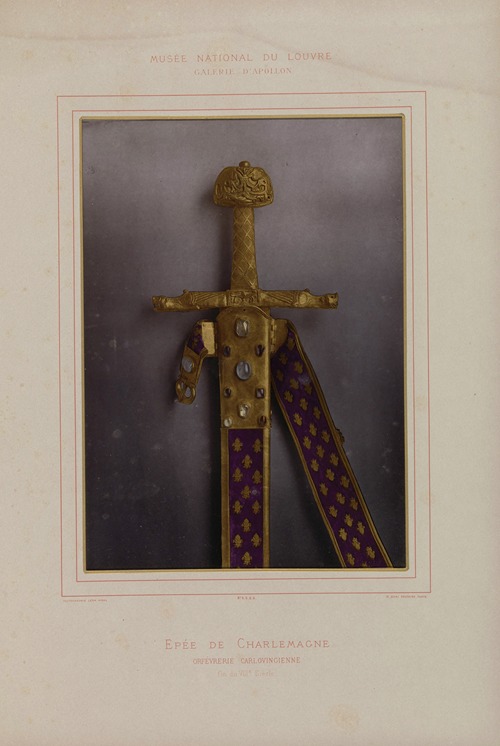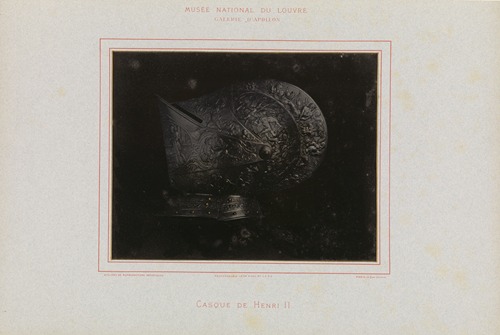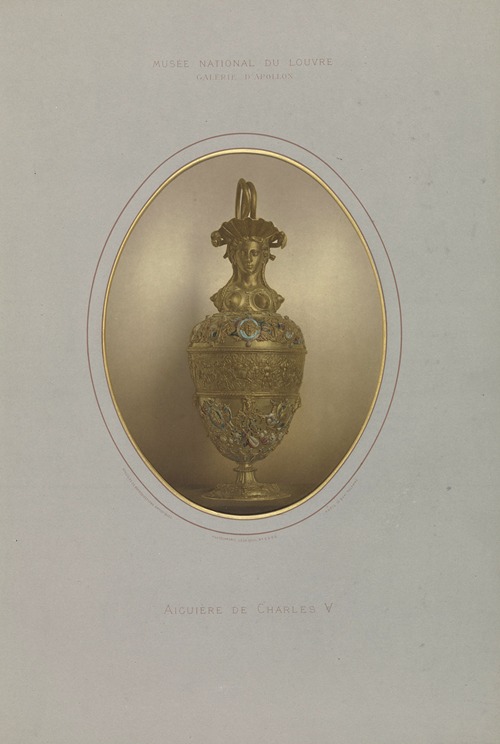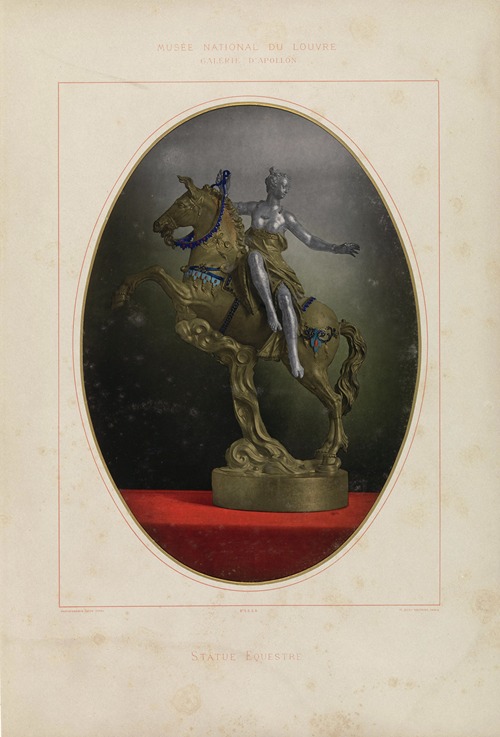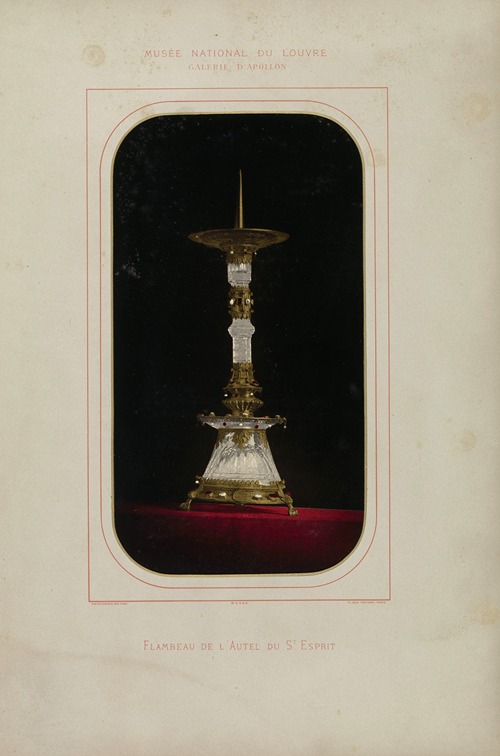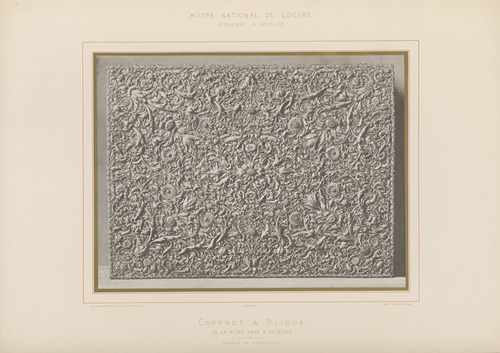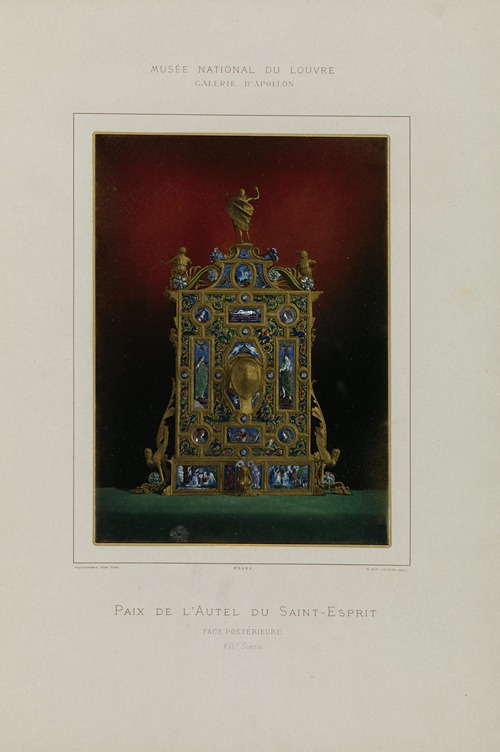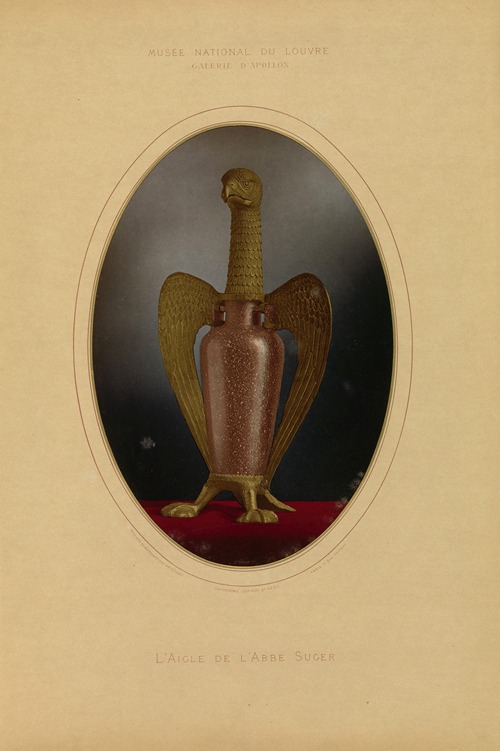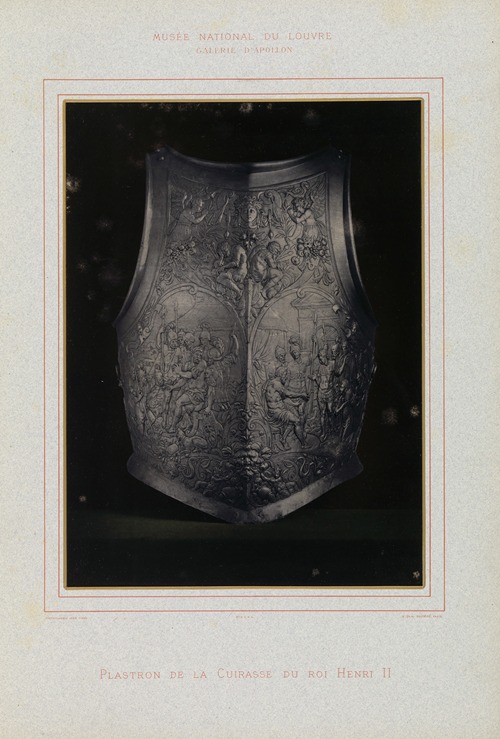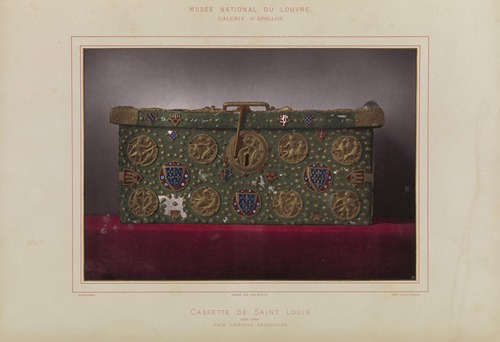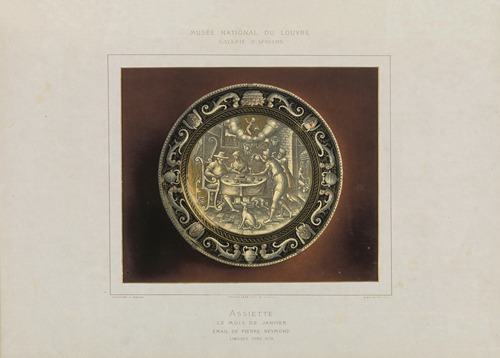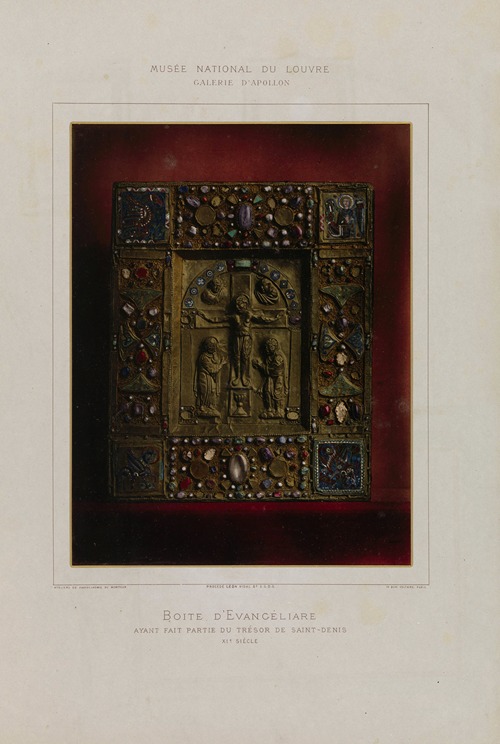

Léon Vidal was a scholar and inventor specializing in French photographic engineering.
Born into a prominent family in Martigues, Léon Vidal was the son of Jean-Baptiste Vidal, a merchant and owner of the Porc-de-Bouc saltworks (which became the Compagnie des Salins du Midi in 1856), and Émilie Vidal.
Léon Vidal was secretary general of the Société photographique de Marseille from 1860 to 1875. From 1861, he taught photography at the Faculty of Science. In 1862, he attempted to bring together several learned and artistic societies in Marseille by creating a Union des Arts (Arts Union); after a few concerts and lectures, this Union des Arts ceased its activities, only to be revived in 1866 with the creation of a Cercle Artistique de Marseille (Marseille Artistic Circle) under the impetus of Jules Charles-Roux.
Vidal was interested in work on photography: carbon printing, phototype, and color photos. From 1875, he was a professor of industrial reproduction of works of art at the École Nationale Supérieure des Arts Décoratifs and worked with Jules Fleury-Hermagis to prepare the creation of a museum of documentary photography. He invented a photochromic method for which he received a gold medal at the 1878 World's Fair. In the 1880s, he gave courses and lectures in Marseille and Paris (at the Sorbonne) on his work. In 1893, he gave a series of lectures on intaglio and relief photoengraving at the Conservatoire National des Arts et Métiers. He was editor of the monthly newspaper Le Moniteur de la Photo. In 1890, he was founding president of the Union Photographique, a mutual aid society. On March 16, 1893, he was elected to the 23rd seat of the Académie de Marseille. Owner of saltworks in Port-de-Bouc, where he was mayor in 1870-1871, he was named a Knight of the Legion of Honor in 1900.
He was president of the Chambre Syndicale de la Photographie (Photography Trade Association).
He died on August 5, 1906, at his property in La Gaffette (Château Vidal) and was buried in Martigues.
